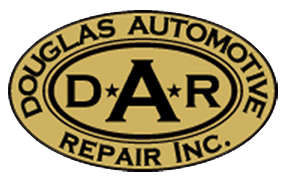The Illinois push for fuel economy has the benefit of using less gas as well as fewer emissions in our local environment. Cars and trucks run cleaner than ever.
Many people in the area may not realize that the first federally mandated pollution control device was in 1960: the PCV valve.
‘PCV’ stands for Positive Crankcase Ventilation. The crankcase is the lower part of the engine where the crankshaft is housed and where the engine oil lives. When fuel is burned in the engine some of the explosive gases from combustion squeeze past the pistons and down into the crankcase.
Now this gas is about 70 percent unburned fuel. If it were allowed to remain in the crankcase, it would contaminate the oil and quickly turn it to sludge. Sludge is like Vaseline and clogs passages in the engine leading to damage.
Also, the pressure build up would blow out seals and gaskets. In the old days, there was just a hose that vented the crankcase out into the air. Obviously, not good for the environment.
Enter the PCV valve. It’s a small, one-way valve that lets out the gases from the crankcase, and routes them back into the air intake system where they can be re-burned in the engine.
As you might imagine, the valve gets gummed up over time. If you skip oil changes now and then, the PCV valve gets gummed up even faster. If the PCV valve is sticking you could have oil leaks. Fortunately, the PCV valve is very inexpensive to replace. Some can even be checked for function by our technician.
Manufacturer’s usually recommend they be changed somewhere between twenty and fifty thousand miles. Unfortunately, PCV valve replacement is left out of some owner’s manuals, so you may need to ask us about it.
Come down to Douglas Automotive Repair, Inc. and have us take a look at the condition of your PCV valve to ensure you are running at top efficiency. Give us a call today.
This entry was posted in Vehicle Maintenance and tagged PCV Valve, Vehicle Emissions, Vehicle Maintenance on .

